2020 官网升级中!现在您访问官网的浏览器设备分辨率宽度低于1280px请使用高分辨率宽度访问。
SUSTAINABILITY
In response to the theme of World Environment Day, WINWSA special feature invites leading experts and renowned practitiors from different disciplines to share their insights and experiences.
![]()
Anna Graham (UK)
Head of Environment, Science and Innovation, SWA
Anna Graham is Head of Environment, Science and Innovation at the Scotch Whisky Association (SWA). She is committed to driving sustainable development and technological advancement in the Scotch Whisky industry. Anna ensures that the production process is environmentally friendly by developing environmental protection strategies to reduce carbon emissions and energy consumption. At the same time, she works with research organizations to carry out scientific research related to the distilling process and product quality to drive technological innovation. Anna also focuses on market trends and promotes product and packaging innovation to enhance the overall competitiveness of the industry. Her work not only maintains the tradition and quality of Scotch whisky, but also proactively addresses modern environmental challenges, laying the foundation for a sustainable future for the industry.
The Scotch Whisky industry understands that as one of Scotland’s key production industries, globally recognised as well as highly regulated, we have a duty to set an example for efficient and responsible water use that takes us beyond compliance, proactively managing risks in order to protect the water sources which are critical to the industry.
——Anna Graham
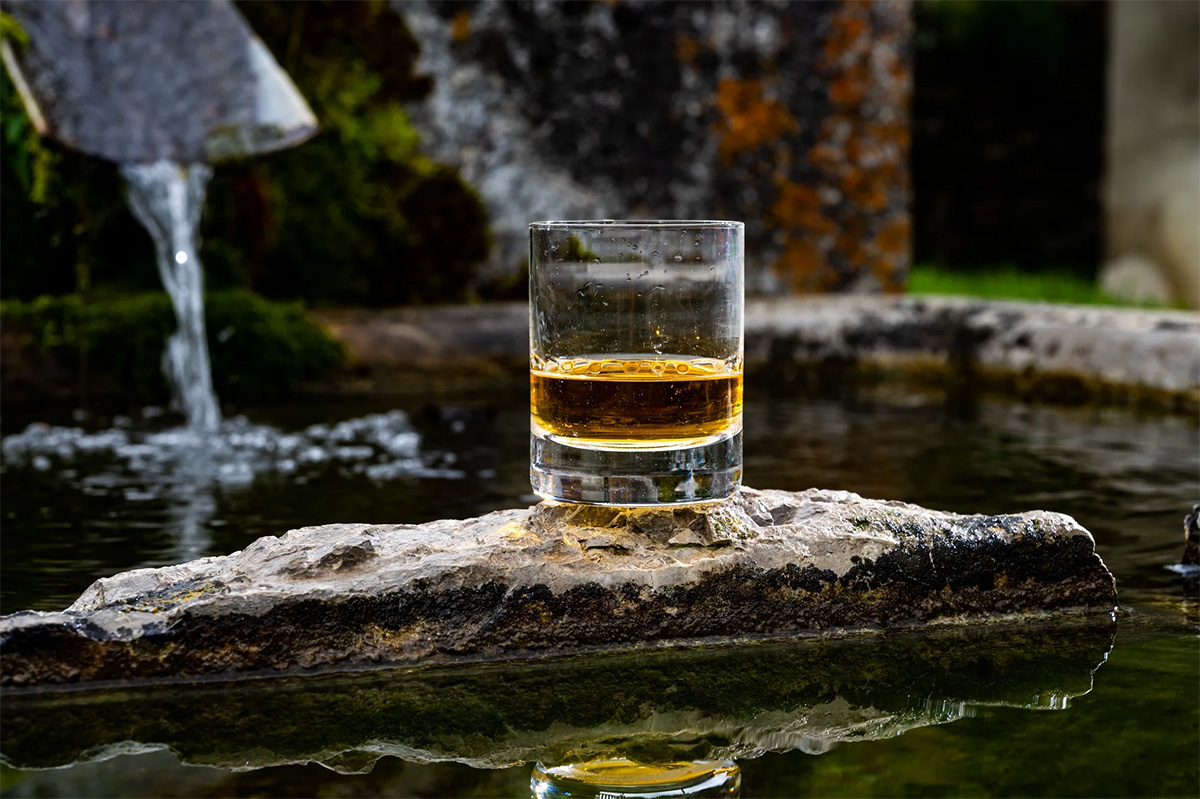
SWA (Scotch Whisky Association) is a non-profit organization. It was founded on April 17, 1942 during World War II, witnessing the post-war depression, the rising of single malt whisky, and fighting for the territory and dignity of the industry. Today, SWA members produce 95% of all Scotch whisky, covering over 2,500 brands worldwide. It has taken practical actions in the areas of market regulation and taxation, legal protection and social responsibility.
SWA’s mission embodies responsibility and vast impact – “to secure a sustainable future for the Scotch whisky industry. We want Scotch Whisky to be produced sustainably, traded globally and enjoyed responsibly.”
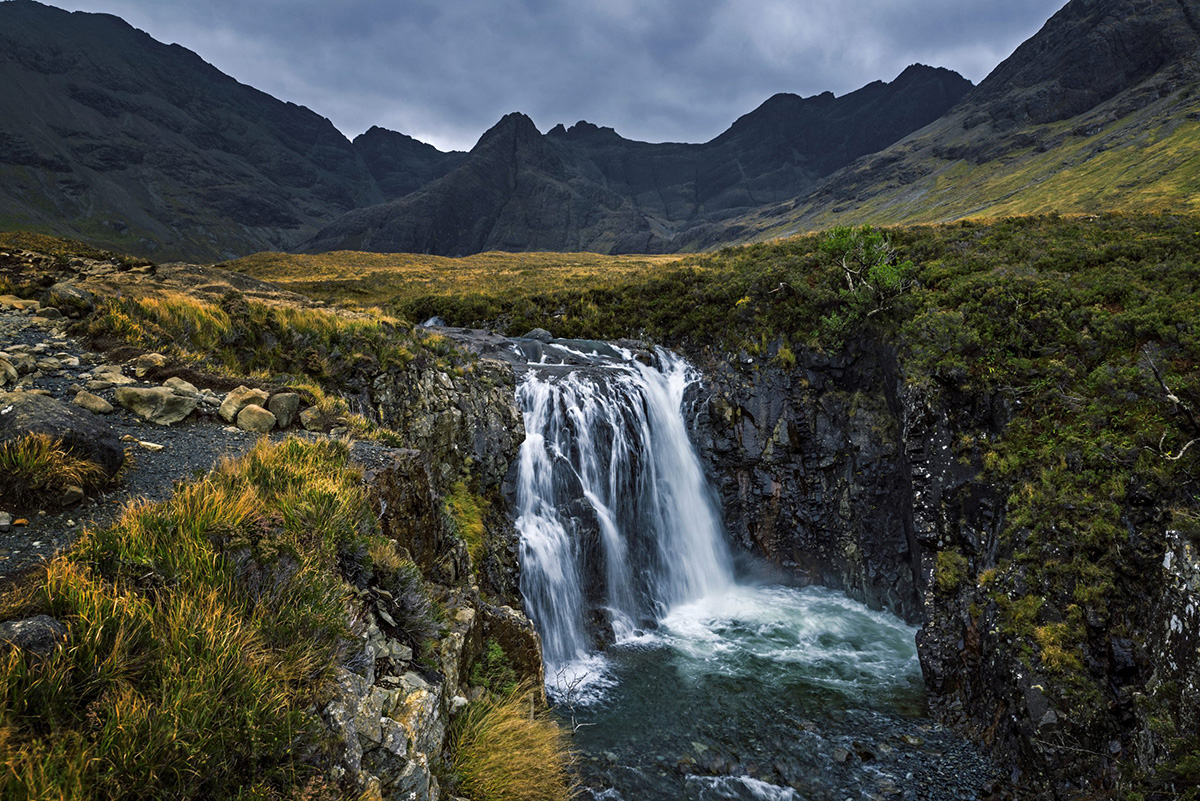
Water as a Vital Resource
Sustainability has become a key word in the Scotch whisky industry in recent years. Under SWA’s advocacy, the ancient and traditional whisky industry has undergone earth-shaking changes. Now the attention is focused more and more on water resources management.
Ruth Piggin, Director of Industry Sustainability at the SWA said: “Water is a precious resource which is vital as both an ingredient for making Scotch Whisky and a tool in its production.
However, the indispensable water is facing a huge crisis.
Scotland is renowned for its rainfall, but it is very vulnerable in the face of prolonged periods of dry weather. With climate change, this dry spell is expected to happen more frequently in the coming years. The effects of the climate crisis are already being felt in Scotland’s water supply chain, with an increasing number of distilleries experiencing longer periods of production downtime during the summer months.
And water is equally involved in other essential areas of whisky production. Peat, for example. It’s used to roast the barley that produces the globally renowned smoky peat-flavored whisky. However, peat is an almost non-renewable resource, and its recovery rate in its natural state is almost imperceptible. But it affects many aspects beyond it. Ecologically healthy peatlands not only provide whisky factories with fuel to roast barley for a smoky flavor, but also become an important base for purifying and consolidating local water sources. In other words, without peat, water cannot flow steadily in the mountains and forests. Without the flow of water, there will be no suitable environment for peat to recover at a thickness of one millimeter per year underground.

Scotch Whisky Water Stewardship Framework
The increasing frequency of water shortage cases in Scotland, coupled with the focus on water management responsibilities, has led SWA to launch the SCOTCH WHISKY WATER STEWARDSHIP FRAMEWORK in July 2023.
The Framework focuses on three key areas: Responsible use, Engagement and Collaboration, and Advocacy. These three themes aim to provide SWA member companies with clear direction on how they can address water use and efficiency improvement in their operations, while incorporating wider collaboration and advocacy activities. The Framework encourages a collaborative industry approach to deliver on-the-ground improvement projects and influence future policy to ensure the protection and preservation of a vital resource.
Anna said, “The framework provides a common direction and consistent point of reference for our member companies on how they can address water use and efficiency improve their own operations, it ultimately allows for a collaborative approach which supports sector-wide efforts to preserve the quality and quantity of water available for current and future production.”

When it comes to specific actions, it involves a large operational system. For example, setting and regularly reviewing water use targets, working with the Scottish Environment Protection Agency (SEPA) to develop operational plans for managing high-risk watersheds, and maintaining dialogue with regulators and governments. In high-risk or high-water use areas, member companies will participate in multi-stakeholder meetings to discuss watershed issues and collective actions.
SWA will also develop tools and resources to support members to measure and monitor on-site, identify water saving opportunities, and work with research institutions to improve process efficiency and reuse technologies. Water quality is also a focus of SWA. It will identify water risk hotspots in the supply chain and work with local suppliers to improve water availability and quality.
Compared to 2012, the Scotch whisky industry has improved its water efficiency by 22%. But this is not the end. SWA hopes that by 2025, all whisky companies will be within the scope of responsible water use. Depending on the size and production of the distillery, SWA has set a water use target of 12.5-25 liters per liter of pure alcohol (the amount of water used to produce each liter of alcohol) by 2025.
Anna is confident in this goal, because protecting water resources in the Scotch whisky industry will benefit both the company itself and the communities in which it operates, and will eventually become a role model for the industry, leading a new relationship between distilleries and water resource.
Corporate Involvement
Enterprises are essential entities in implementing the water stewardship framework. To this end, SWA is also promoting changes in the industry to encourage enterprises to closely integrate development with the environment.
To this end, Anna and her colleagues will be working with the Scottish Environment Protection Agency (SEPA) and others in the industry to build resilience in water supplies, and develop response plans for emergencies when water shortages occur. These acts of goodwill for the planet will eventually be rewarded to the business – the Scottish Environment Protection Agency will reduce business restrictions on the distillery in return.
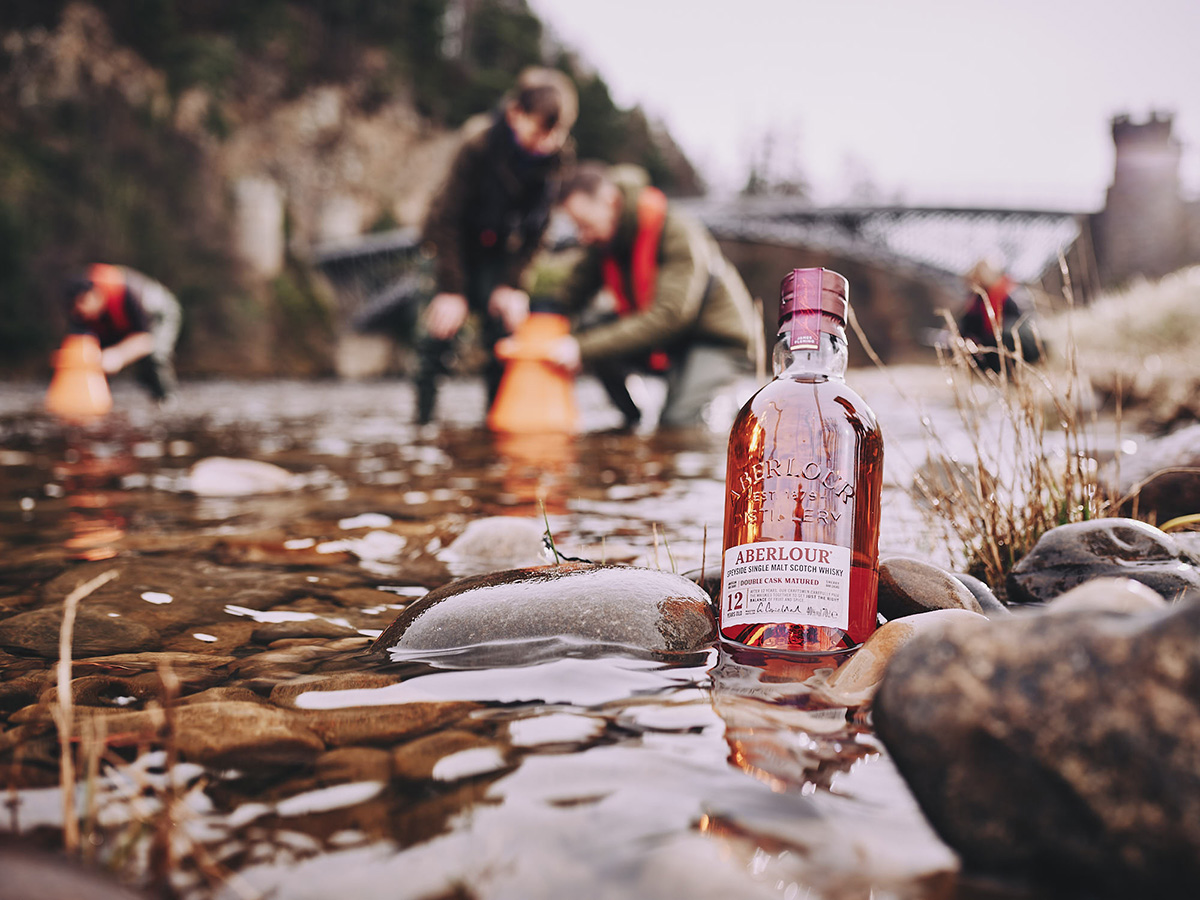
“Due to the impact of climate change, 34% of Scotland’s rivers are in compromised ecological health, so there is an urgent need for action to protect and build a resilient network of Scottish rivers and riverbanks that support biodiversity for generations to come.” Said Sandrine Ricard, Deputy Director Sustainability & Responsibility Pernod Ricard in the UK.
That’s why Pernod Ricard in the UK took the decision to launch a new long-term programme, called ‘The River Within’, in collaboration with three Scottish river trusts to preserve, protect, and improve the health of some of Scotland’s iconic rivers and waterways.
Through this partnership, the investment will help protect and restore the select waterways within the Trusts’ combined catchment areas in North-East Scotland—a total of 5,566 km2. A range of specific projects focused on direct activity along riverbanks and waterways are currently being developed. For example, simple practical interventions such as planting new trees along rivers can provide additional shade that helps limit river temperature rises, strengthen riverbanks, and increase biodiversity.
“We know the type of work that needs to be done to nurture and sustain the environments on which our landscapes, communities, and industries depend, but long-term support is critical to ensuring that this work can continue unhindered. It is only through collaboration that we can help to protect our rivers and safeguard their future, and we hope that this partnership can serve as a blueprint for future action within the Scotch industry and beyond.” Said Sandrine.
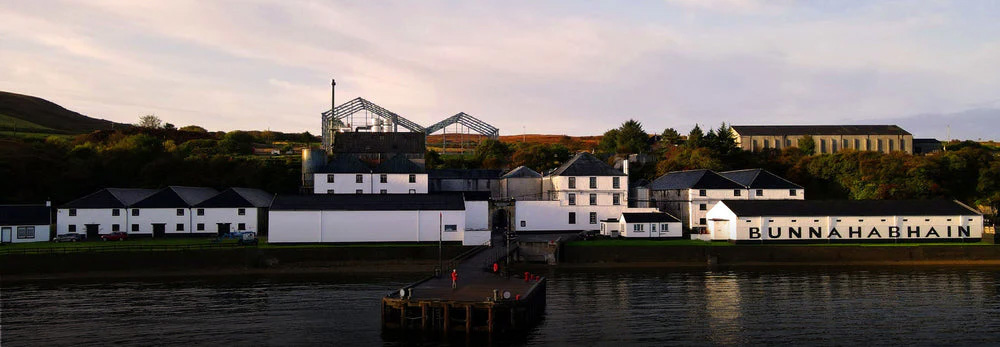
Bunnahabhain Distillery, for example, has invested £6.5 million in a new biomass energy facility, which will produce more than 14 million kilowatt-hours of steam energy per year and reduce the production of more than 3,500 tons of carbon dioxide each year. Because the biomass energy center will fully utilize whisky byproducts – chaff and wood chips left over from logging as fuel. These nutrient-rich biomass fuel ash will be used as a natural fertilizer for replanting forests, forming a sustainable recycling model.

Another example is GlenDronach, Scotland’s second oldest distillery, which previously used oil-fueled steam boilers, but has now converted to a more efficient-burning LPG system. As a result, greenhouse gas emissions have been reduced by more than 10%, which will help the distillery achieve its goal of further reducing emissions in the future. This change also means that there is no longer a large amount of fuel oil stored on site, reducing the risk to the surrounding environment.
Celebrate The Next 500 Years
Guiding the structural changes of the industry towards good and the future is undoubtedly what SWA is best at. It is conceivable that in the future, SWA will continue to take a high-level view and lead the industry to create miracles in sustainable development represented by water resource protection.
This is exactly its mission in the new era. In its 2023-2025 strategic goals, it reiterated the declaration of the trinity of “people, planet, and prosperity”. Only in this way can Scotch whisky “continue to celebrate the next 500 years.”
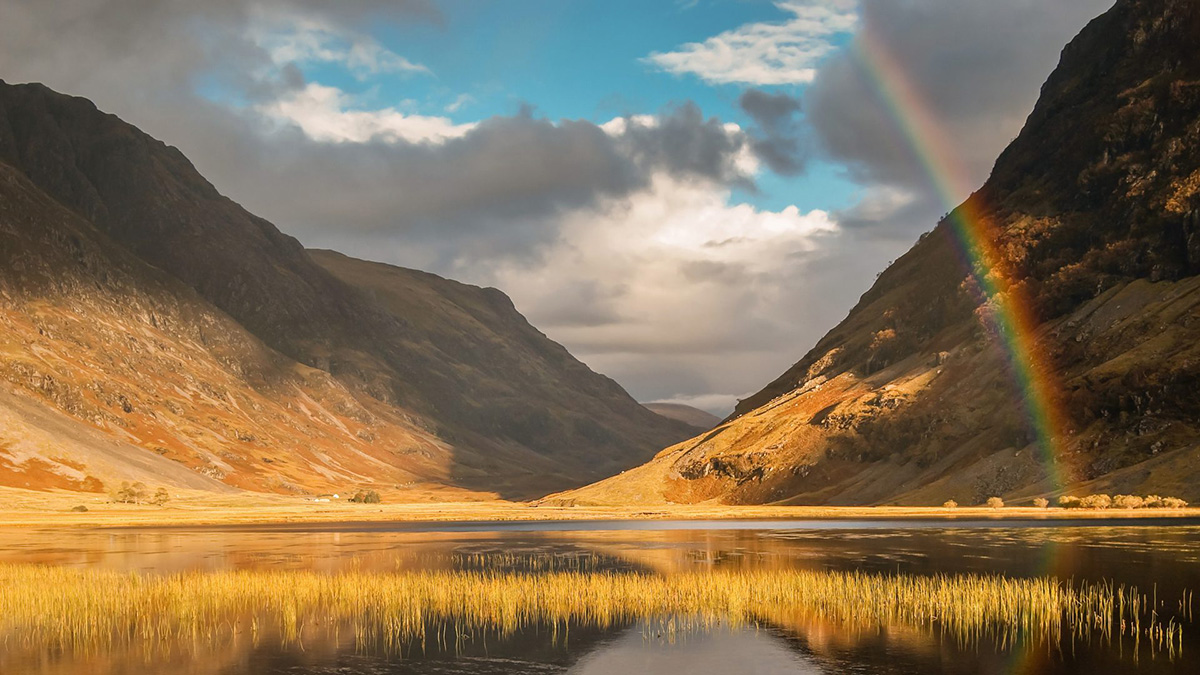
· E N D ·
Image: Some sourced from SWA,
the rest sourced from the internet